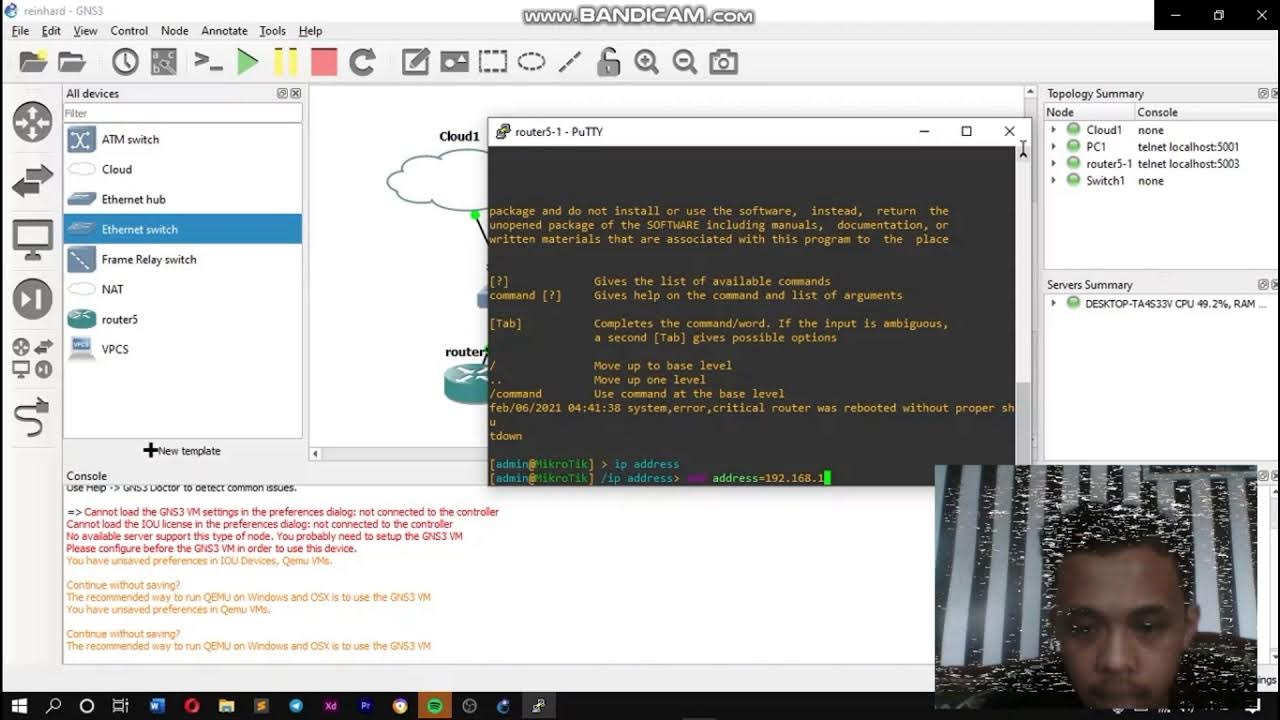[Mulesoft] All About Object Store (v1 & v2)
Summary
TLDRThe transcript presents a detailed instructional video on managing and configuring objects in software systems. It covers a wide range of topics including object storage, persistent data management, application updates, and system configurations. The content discusses various tools and techniques to handle updates, create partitions, and ensure the persistence of data across applications. It also highlights the importance of efficient configurations, backup strategies, and system behaviors to optimize workflows and enhance performance. With a mix of technical instructions and some lighter moments, the video offers valuable insights for users seeking to improve their understanding of these processes.
Takeaways
- 😀 The video introduces the concept of 'objects' and emphasizes their importance in understanding technical configurations.
- 😀 It mentions the different types of objects available, including specific updates and versions that are related to applications and data management.
- 😀 Users are advised to be cautious about using outdated or unsupported configurations, especially for future updates and system transitions.
- 😀 There is a focus on object storage, with particular emphasis on partitioning and dedicated storage setups for optimal performance.
- 😀 The video outlines the critical role of object persistence in managing long-term data and the need for appropriate system configurations.
- 😀 Different types of objects (global, private) are discussed, highlighting the differences in data visibility and security settings.
- 😀 It is suggested that users configure system settings carefully to prevent issues like data loss or mismanagement during updates and changes.
- 😀 The script addresses the significance of error-free configurations in software, with an emphasis on secure data handling and updates.
- 😀 Time management, data handling, and backup strategies are also covered, with advice on how to keep data safe and recoverable.
- 😀 The video concludes by encouraging users to maintain updated settings and be aware of the risks of incorrect configurations that can affect system performance and security.
Q & A
What is the main focus of the video in terms of application configuration?
-The video focuses on understanding object configurations within applications, particularly how to manage and update them effectively for various use cases, including persistent objects and system behavior across different environments.
What does 'persistent objects' mean in the context of the script?
-Persistent objects refer to data or objects in an application that retain their state over time, even after the application is closed or restarted. This ensures that data is not lost and can be accessed across sessions.
What are the types of objects discussed in the video?
-The video discusses several types of objects, including persistent objects, global objects, and private objects, each serving a different purpose in data handling and application management.
Why is it not recommended to use the 'objective version' of the application?
-The 'objective version' of the application is not recommended because it will soon stop being supported in the near future, making it unsuitable for long-term use.
What role does partitioning play in application configuration?
-Partitioning in application configuration is used to separate different sections of data and resources, ensuring that specific tasks or data sets are handled independently, improving performance and data management.
How does the script describe the process of updating the application?
-The script mentions that updates to the application involve configuring new features, managing object updates, and handling changes in runtime environments, ensuring that the system functions correctly with the latest versions.
What are the benefits of using global objects in the system?
-Global objects are accessible across different parts of the system, making it easier to manage shared data and configurations that need to be accessed by multiple users or processes simultaneously.
What does the script mean by 'overriding configuration'?
-Overriding configuration refers to replacing or modifying existing settings or defaults within the system, allowing administrators or users to customize how certain features or behaviors are managed in the application.
Why is it important to avoid using incorrect configuration setups, as highlighted in the script?
-Incorrect configuration setups can lead to system instability, data loss, or performance issues. The script emphasizes the need to follow the right configuration guidelines to ensure the smooth operation of the application.
What is the significance of the 'default values' mentioned in the script?
-Default values are pre-configured settings in the system that are used when no custom input is provided. They help ensure that the application functions properly even when the user does not make any changes to the settings.
Outlines

このセクションは有料ユーザー限定です。 アクセスするには、アップグレードをお願いします。
今すぐアップグレードMindmap

このセクションは有料ユーザー限定です。 アクセスするには、アップグレードをお願いします。
今すぐアップグレードKeywords

このセクションは有料ユーザー限定です。 アクセスするには、アップグレードをお願いします。
今すぐアップグレードHighlights

このセクションは有料ユーザー限定です。 アクセスするには、アップグレードをお願いします。
今すぐアップグレードTranscripts

このセクションは有料ユーザー限定です。 アクセスするには、アップグレードをお願いします。
今すぐアップグレード5.0 / 5 (0 votes)






